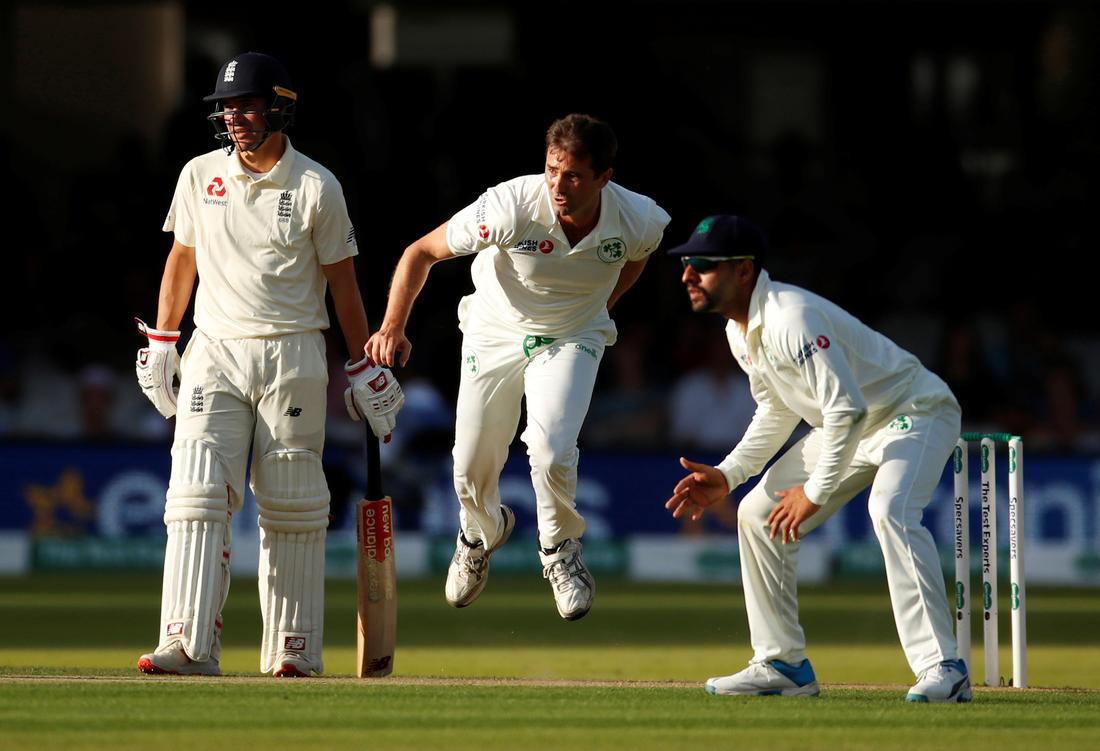Netflix’s Wu Assassins combines martial arts with Blackpink and it’s genuinely ideal
Share

Incredible martial arts set to a K-pop soundtrack may sound like a fan-made mash-up. Still, Netflix has made that aggregate a reality inside the modern clip for Wu Assassins, the streaming provider’s upcoming action display. The clip features The Raid: Redemption’s Iko Uwais catching knives and combating through a hallway full of henchmen, all with K-pop sensation Blackpink’s “Boombayah” blaring inside the history. And simply, nothing ought to make me extra excited for a show.
The show will comply with Uwais as an aspiring chef who discovers he’s certainly an Assassin. As a Wu Assassin, he’s pressured to protect San Francisco’s Chinatown from the forces of evil. Uwais, mostly acknowledged for his exceptional motion paintings in The Raid series, also serves as Wu Assassins’ lead martial arts choreographer and stunt coordinator. Joining Uwais within the cast may be Vikings’ Katheryn Winnick and Altered Carbon’s Byron Mann. Acclaimed Hong Kong action director Stephen Fung will also join the collection to direct the two primary episodes. With some of the first-rate motion stars and expertise in the enterprise on the helm, the display’s certain to have lots of brilliant fights.
While the choreography in the clip is brilliant, it’s the addition of “Boombayah” by K-pop sensation Blackpink that, in reality, turns this clip into something unique. Blackpink is considered one of K-pop’s hottest companies in the meantime, especially in the US, where they’ve become the very best charting all-woman K-pop organization on Billboard’s Hot hundred with their unmarried “Kill This LoThis, which was released earlier this 12 months. It’s unclear if any of Blackpink’s tracks will make it into the very last show or if we will expect the rest of the fights to feature such creative musical alternatives, but based totally on this clip, a whole martial arts show set to K-pop seems ideal. On Tuesday, Netflix will launch the first complete trailer for Wu Assassins, and the series will debut on the streaming provider on Aug. 9.
One of the great ways to assess a college is to watch or participate in a class. You can watch motion pictures, visit an internet site, and study all approximately the school’s credentials and functions. However, you can get a real sense through “test using” the actual group training. Many faculties provide loose consultations or introductory non-public lessons. If a faculty allows you to observe or participate in a category without duty, it speaks exceedingly of their self-assurance and transparency.
The magnificence dynamic is the high-quality demonstration of the trainer’s martial arts aptitude and ability to teach. It reveals how the students engage with each other and the trainer. It’s also the correct opportunity to examine how their curriculum is implemented into education. Consider the scale of the classes and how that could affect your schooling. The makeup and flow of the lessons will both help your learning revel in or harm it.
Look for the following:
Is there a tremendous age difference among college students that could restrict your practice? Is there a good-sized distinction between the students’ studies and bodily abilities? How formal or informal is training? How does that impact your exercise? How many supportive individual interests do the scholars acquire? Is there something about the power that’ll hinder your practice? These include cleanliness, stale air, too cold or warm, distracting noises, etc. Many beginners select huge training. It can be less complicated to comply with, along with the examples of many other college students. There’s also much less intimidation because the collective institution dynamic can conceal individual insecurities and class the pressure to hold up.
There may be a key gain to smaller training on the turn side, but it is important to remember. There is a greater possibility of getting hold of private attention from instructors that may substantially boost your getting-to-know curve.
Again, teachers are the backbone of a martial arts faculty. The teacher consciously or unconsciously dictates the electricity of the whole magnificence. Here are a few things to look for: Does the teacher facilitate elegance with manipulation and protection? (Notice if the students participate in themselves or appear uncomfortable and hesitant). Is the trainer passionate and actively coaching or seemingly going through the motions and routinely calling out commands? Do the scholars appear stimulated?














